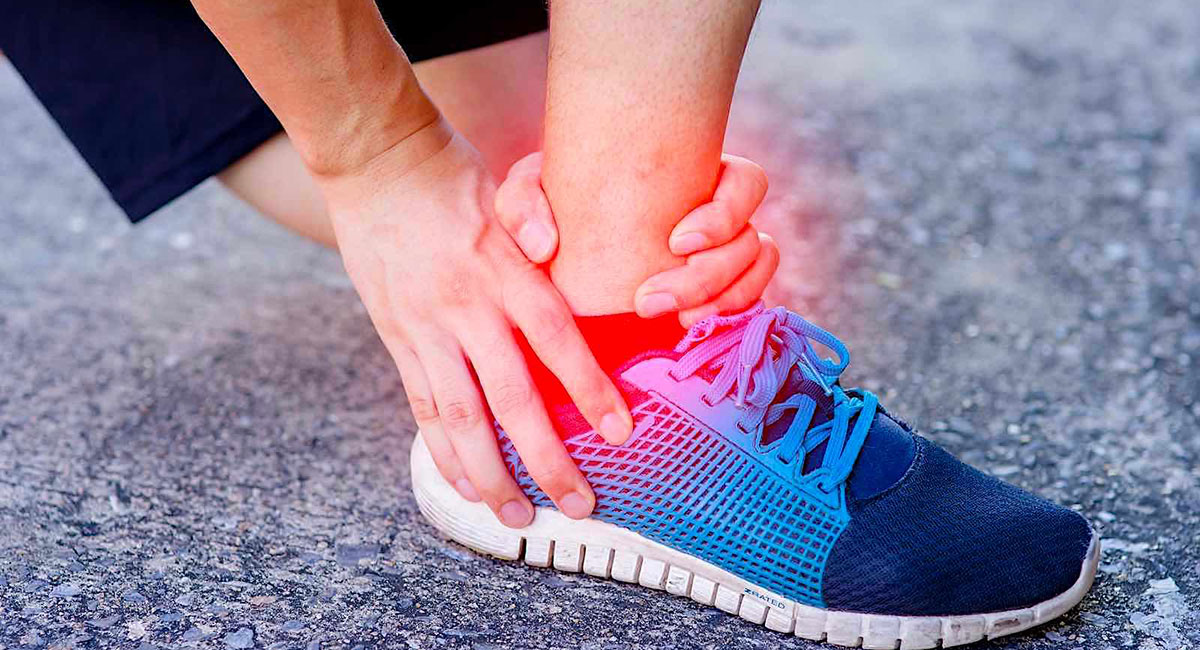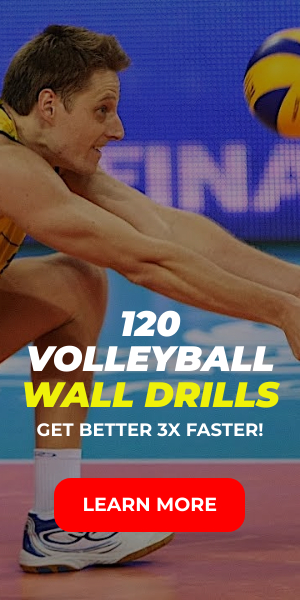Volleyball is a fun, invigorating, exciting, and competitive sport played by many (on a personal and professional level). Players enjoy the adrenaline rush they get as they dive, jump, twist, turn, and swing to defend/score against their opponents. As amazing as the sport of volleyball is, it’s not played without some risks. Participants suffer acute, major, and overuse injuries on a regular basis.
Minor injuries like ankle or wrist sprains, cuts, scrapes, or bruises, often go away with basic care, rest, and time. Major or overuse injuries, however, can require anything from medication and surgery to physical therapy and other medical treatments. Though there are certain steps volleyball players can take to reduce the risk of injury, sometimes it’s unavoidable. As such, knowing how to treat and recover from common volleyball injuries is essential. Continue reading to learn more.
Sprained or Broken Ankles
Volleyball players are expected to constantly run around the court, jump, and dive to save the ball or score. This type of consistent movement creates a risk of injury to the feet and ankles. One misstep could result in a player putting unnecessary stress on their ankle or twisting it the wrong way, overstretching ligaments or breaking bones.
If your ankle is sprained, elevating it is the first step. Chances are your ankle will swell up and be sore to touch, so sitting down to rest it is ideal to avoid further injury. You can use cold ice packs to help reduce swelling and inflammation and take pain medication as needed.
If your ankle is broken, however, you’ll need to seek medical attention right away. Your doctor will take x-rays to assess the extent of the damage and proper treatment. Depending on the severity of the fracture or break, you may only need to wear a cast and rest for weeks. In other instances, however, you may be required to undergo surgery and then anti-gravity rehab through a physical therapist for further recovery efforts.
Rotator Cuff Tendonitis
Rotator cuffs are muscles responsible for proper movement and stability in your shoulder. When playing volleyball, your shoulder often moves in compromising positions as you try to serve, spike, or block the ball. These repetitive movements over time can cause rotator cuff muscles to weaken resulting in sprains.
This consistent strain on the rotator cuffs can lead to pain, inflammation, swelling, and eventually, a reduced range of motion. Treatment will likely require physical therapy where an expert will complete an evaluation and develop corrective strengthening exercises to help regain your strength and range of motion.
Patellar Tendonitis
Volleyball players use their entire bodies to play the sport well. If they’re not pushing their shoulders to the limits, they’re putting a lot of work on their knees. You’re constantly running and jumping. These repetitive actions, however, can cause strain and inflammation on the tendons connecting your shin to your knee cap (hence why it’s commonly referred to as jumper’s knee).
If you’ve been diagnosed with patellar tendonitis, it is imperative to take action right away. For starters, you should make sure that you’re utilizing compression devices, icing your knee, and resting as often as possible. This should eventually help the swelling to go down reducing pain and improving mobility in the knee. Knee supports, however, may be necessary to help keep the pressure off your tendon as you continue to recover.
In order to be the best at the game of volleyball, players are going to push every muscle, joint, and tendon in the body to the max. While stretching, eating the proper diet, and strength training can help to reduce the likelihood of a volleyball injury, most players know that there’s always a risk. Should they experience any of the above common injuries, the key to getting back on the court to do what they love is properly caring for your body using tips and resources like those provided above.





